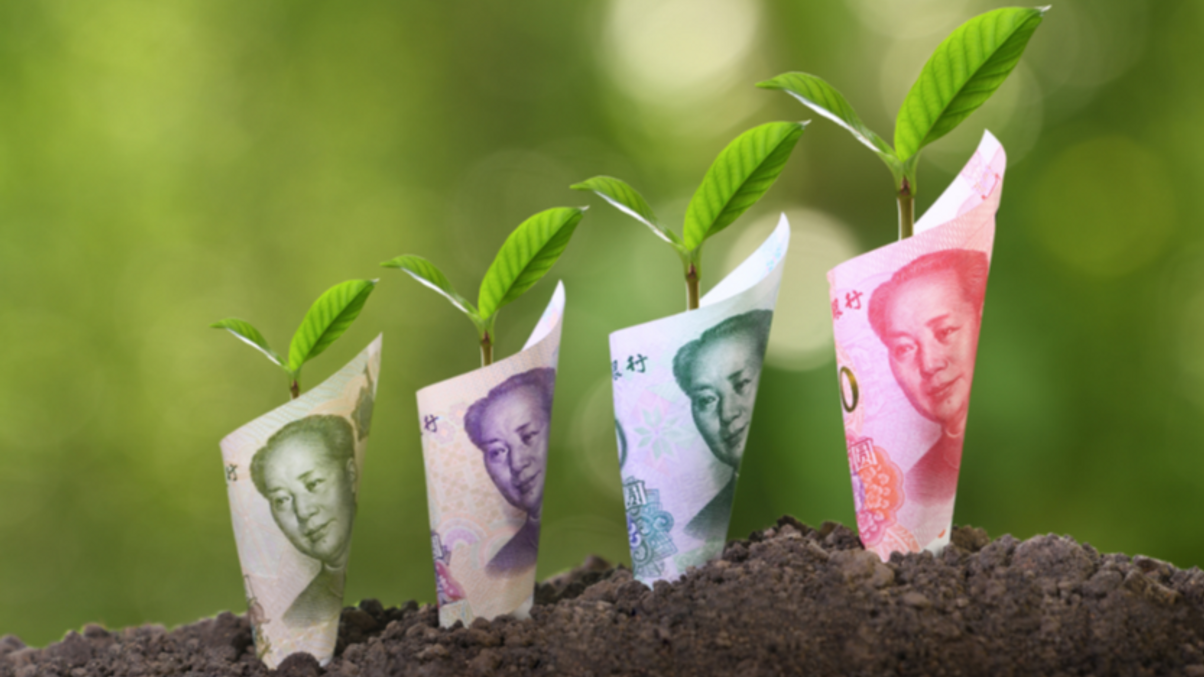China likely to push asset owners to embrace ESG
Beijing will likely require asset owners play a bigger role in ESG investing as part of broader sustainability plans when it announces its five-year plan later this year, according to KPMG.

The Chinese government is likely to require that its local asset owners introduce environmental social and governance (ESG) concepts in their investing processes in its coming five-year plan for the nation, in a move that could foster huge advances in the ESG investment market over the coming few years.
Sign In to Your Account
Access Exclusive AsianInvestor Content!
Please sign in to your subscription to unlock full access to our premium AI resources.
Free Registration & 7-Day Trial
Register now to enjoy a 7-day free trial—no registration fees required. Click the link to get started.
Note: This free trial is a one-time offer.
¬ Haymarket Media Limited. All rights reserved.


